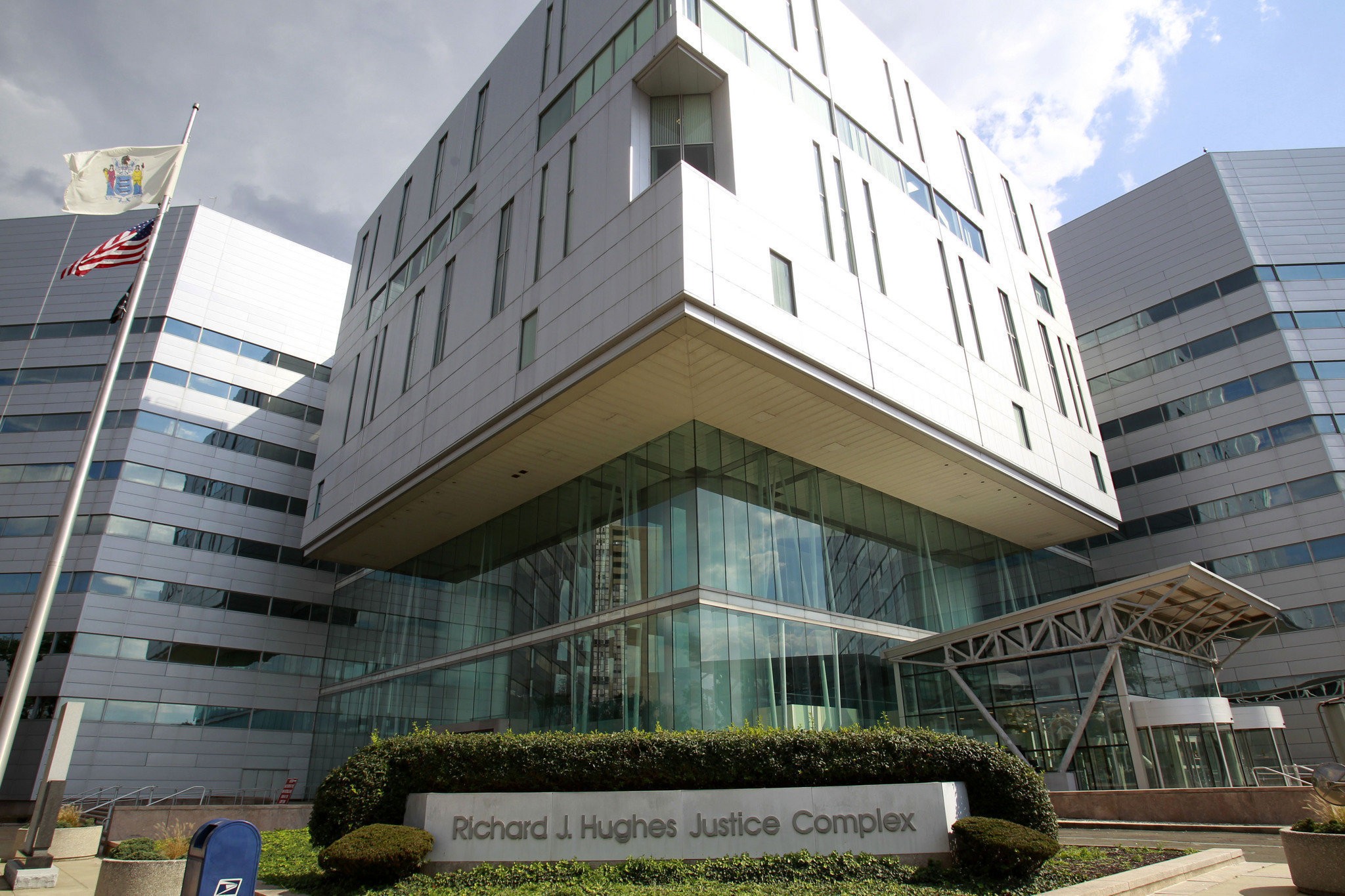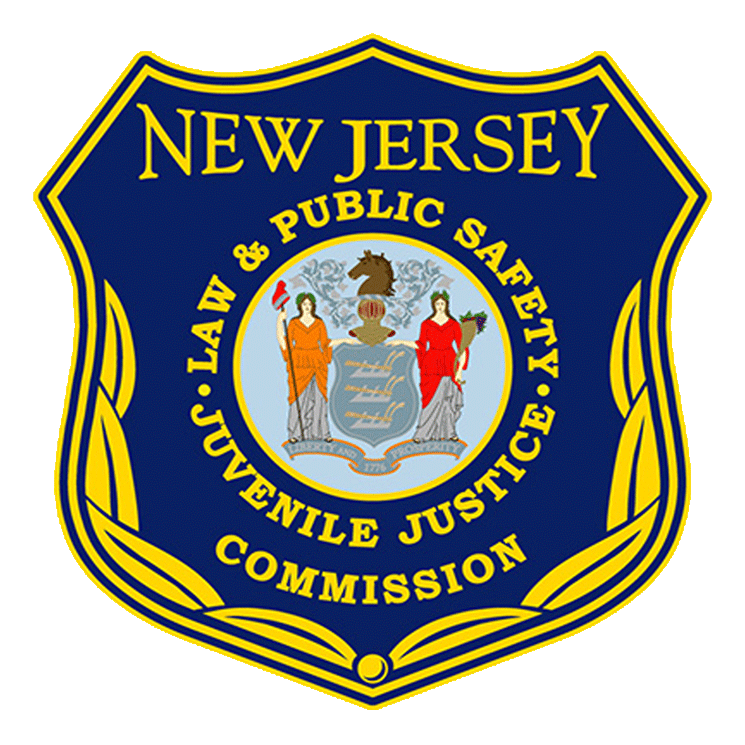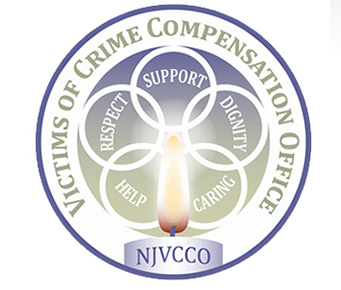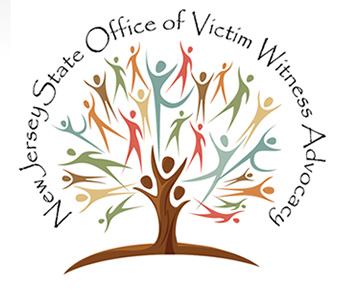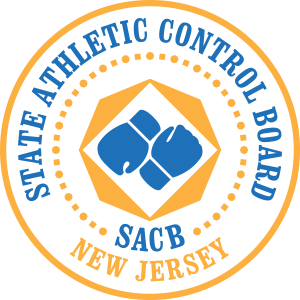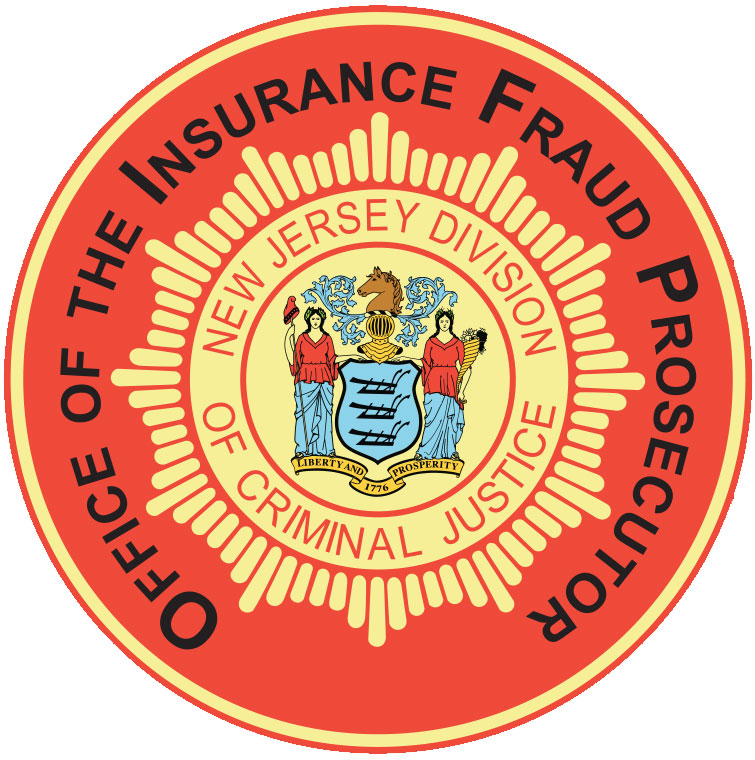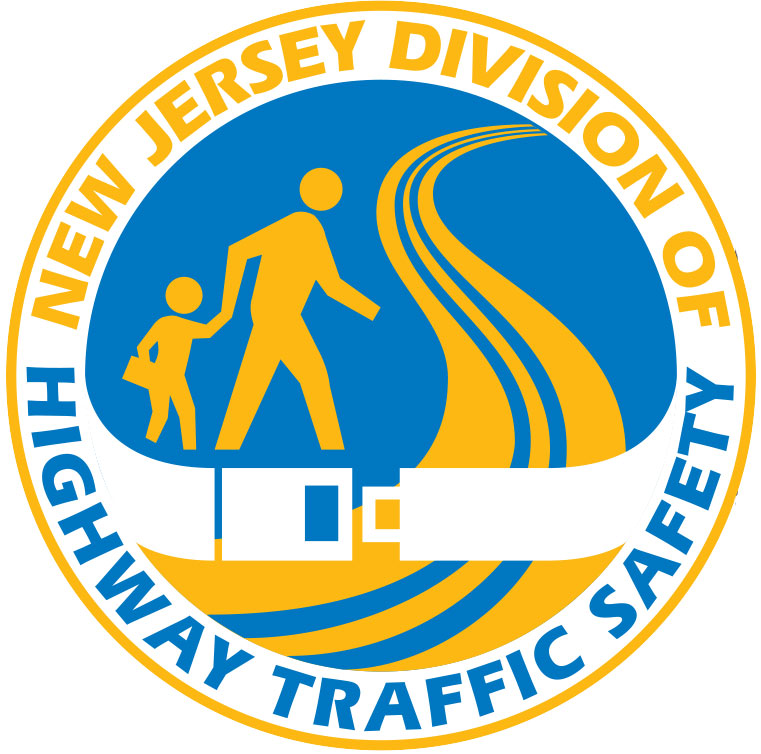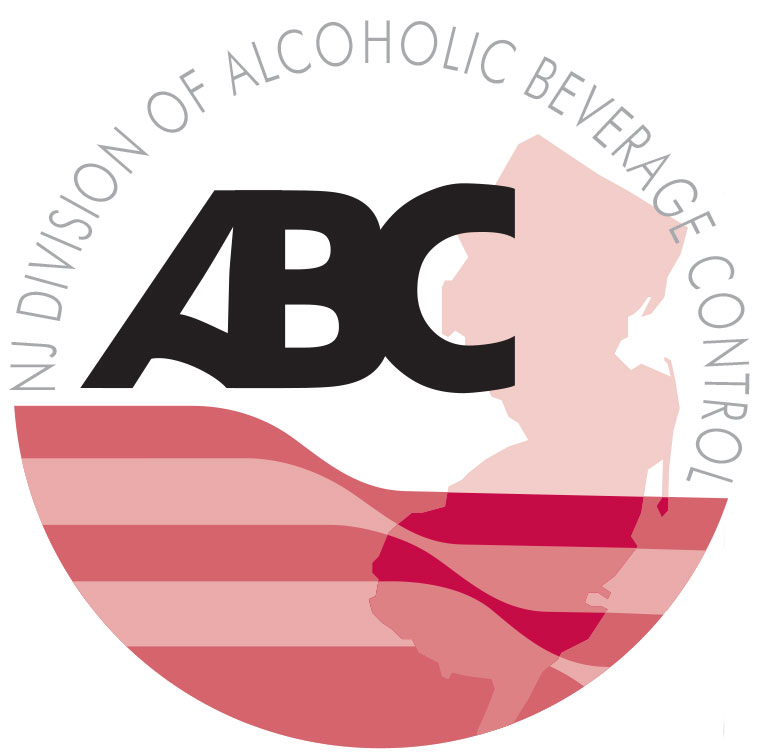Why Buckle Up?
- Studies show seat belts do save lives and reduce injuries during crashes.
- Seat belts work with air bags to protect occupants. Air bags alone are not enough to safeguard occupants.
- In New Jersey, an average of 131 unrestrained motor vehicle drivers and passengers are killed in crashes each year.
- Seat belts saved almost 15,000 lives during 2017 in the United States..
- Seat belt use in 2017 reached 89.6 percent, a significant increase from 84 percent in 2011 in the United States.
- In 2017, 37,133 people were killed in motor vehicle crashes in the United States. Forty-seven percent were unrestrained at the time of the crash
- More than 1,500 unbuckled motor vehicle occupants died on New Jersey’s roadways in the past 10 years.
- NHTSA has estimated that child safety seats reduce the risk of fatal injury by 71 percent for infants (younger than 1 year old) and by 54 percent for toddlers (ages 1 to 4 years) in passenger cars.
New Jersey’s Seat Belt Law: (NJS 39:3-76.2f)
- Applies to all passenger vehicles including vans, pickup trucks and SUV’s, that are required to be equipped with seat belts.
- Applies to all passengers (including the rear seat), who are at least 8 years of age or at least 57 inches tall, and each driver and front seat passenger of a passenger automobile, operated on a street or highway. All of these occupants are required to wear a properly adjusted and fastened seat belt system.
- Makes the driver responsible for proper seat belt use by all occupants who are under the age of 18
- Seat Belt Palm Card – Emphasizing the life-saving advantages of wearing a seat belt regardless of seating position, this two-side palm card features both the Click It Or Ticket and 100% Buckle Up programs.
New Jersey’s Child Passenger Law
The following recommendations will provide the safest way to transport your child according to the American Academy of Pediatrics and the National Highway Traffic Safety Administration (NHTSA). Additionally it will ensure compliance to the New Jersey Child Passenger Restraint Law. (Title 39:3-76.2a)
Any child under the age of 8 years old and a height of 57 inches shall be secured as follows in the rear seat of a motor vehicle:
- A child under the age of 2 years and 30 pounds shall be secured in a rear-facing seat equipped with a 5-point harness.
- A child under the age of 4 years and 40 pounds shall be secured as described in (a) until they reach the upper limits of the rear-facing seat, then in a forward-facing child restraint equipped with a 5-point harness.
- A child under the age of 8 and a height of 57 inches shall be secured as described in (a) or (b) until they reach the upper limits of the rear-facing or forwardfacing seat, then in a belt positioning booster seat.
- A child over 8 years of age or 57 inches in height must be properly secured by a seat belt.
If there are no rear seats, the child shall be secured as described above in the front seat except that no child shall be secured in a rear-facing seat in the front seat of any vehicle that is equipped with an active passenger-side airbag. The aforementioned is acceptable if the airbag is de-activated.
Seat Belt Initiatives and Information
Click It or Ticket
An annual nationwide campaign that incorporates zero-tolerance enforcement of safety belt laws with public awareness efforts and the support of government agencies, local coalitions and school officials to increase seat belt usage.
Countermeasures That Work:
Developed and published by NHTSA, this document outlines the best practices that are used around the country to help increase seat belt usage rates which lead to fewer roadway fatalities. Additionally, countermeasures are provided for 8 other emphasis areas including impaired driving, speeding and distracted driving.
Division of Highway Traffic Safety Annual Report
Occupant Protection, including a description of funded projects and activities during the last federal fiscal year, is the focus of this link. This report also includes summaries of the other Division focus areas including pedestrian and bicycle safety, police traffic services and traffic records.
New Jersey Highway Safety Plan
Although the Highway Safety Plan covers many safety areas, the focus of this link is occupant protection. In this annual plan produced by the Division of Highway Traffic Safety, an overview and analysis of seat belt use in the State of New Jersey is discussed, followed by a breakdown of strategies and funding that will be used to increase belt usage rates.
NHTSA Seat Belt Web Page
A wealth of seat belt statistics, information and discussion can be found on this page including a seat belt IQ quiz and buckle up strategies by age group.
Occupant Protection in Passenger Vehicles
Part of NHTSA’s Traffic Safety Facts safety data series, this document overviews occupant protection statistics in the United States for the last year that national crash stats are available.




















